American Football: Overview
American football is like Hold the Flag, but way more complex! Two teams of 11 players fight to move the ball down the field and score in the opponent’s end zone. They can run, pass, or kick the ball (it’s oddly shaped!). Scoring is like crossing a finish line (touchdown) or kicking the ball through goalposts (field goal). There’s offense (scoring team) and defense (stopping team), and it’s like a chess match with coaches calling plays. It’s a super popular sport in the US and Canada! Millions watch games in loud stadiums, cheering for their favorite teams. The athletic plays, teamwork, and close games make it fun to watch. You might become a fan too!
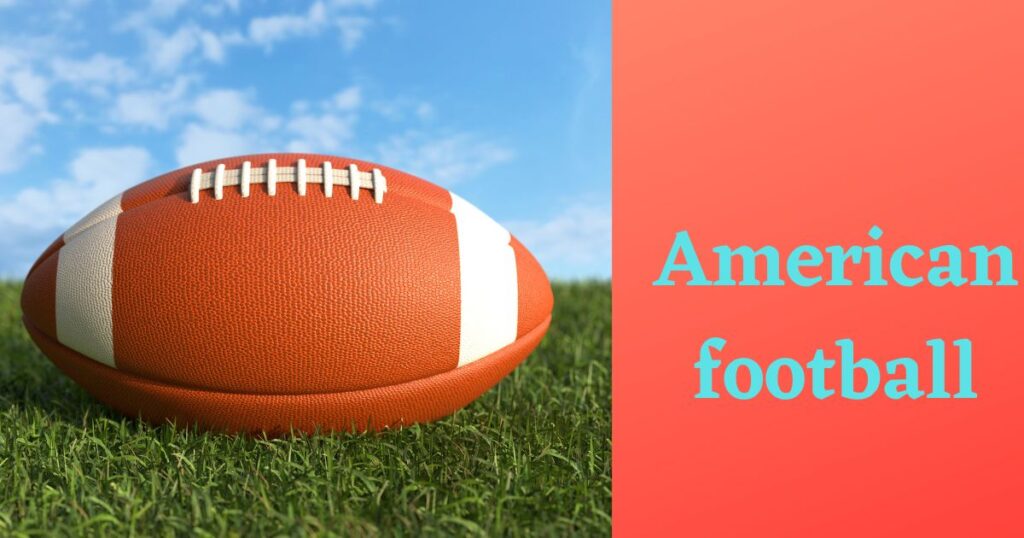
The Evolution of American Football
Origins and Rule Changes:
American football started kind of like a mashup of two British sports: rugby and soccer. But a guy named Walter Camp the “Father of American Football,” changed it up big time!
He added things like a starting line (called the line of scrimmage), rules about how many tries you get to move the ball (down-and-distance), and even allowed players to block each other, making it rougher and tougher!
College Football and Innovations:
College coaches were like mad scientists of football, modify the game to make it more fun! Guys like Eddie Cochems, Amos Alonzo Stagg, and Knute Rockne came up with new plays and strategies.
Then, they added the “forward pass,” which is throwing the ball down the field. This made things way more exciting and unpredictable, just like you see in pro games today!
College football became HUGE in the 20th century, with big bowl games attracting millions of fans across the country.
Professional Football Emergence:
Way back in 1892, a player named “Pudge” Heffelfinger got paid to play, marking the start of pro football! Then, in 1920, a bunch of teams joined forces to create the “American Professional Football Association,” which later became the famous NFL.
What started as a small-time sport in just a few places grew into a nationwide obsession, with millions of fans cheering on their favorite teams!
Modern Era and Milestones:
In 1932, football got some cool upgrades! They added lines on the field (hash marks) and even made the goalposts move! Other awesome changes came later, like a ranking system for teams (AP Poll), a new football design, and even an award for the best college player (Heisman trophy).
They even started showing games on TV! Even other football games, like the ones at the Olympics and a special college game, helped make pro football even better. So, football kept evolving, getting more exciting and popular all the time!
Popularity Surge:
In 1958, one epic game dubbed the “Greatest Ever Played,” supercharged football’s popularity. Then, in the 1960s, a new league, the AFL, challenged the NFL. This rivalry led to a big merger and the birth of the Super Bowl, now the most-watched TV event in the US!
American Football’s popularity boom on its constant growth! Exciting rule changes, upgrades, and plays from college and pro stars keep it fresh. This unique sport, constantly evolving, captivates millions to watch and play
Variants of American Football
The Offense: These guys want to move the ball down the field and score touchdowns! They work together using plays and strategies to gain yards and put points on the board. It’s like a team effort to reach the goal line!
The Defense: Their job is to stop the other team from scoring. They tackle the ball carrier, force mistakes, and try to keep the opponents out of their end zone. Think of them as the protectors of their territory!
Special Teams: This group handles kicking and pulling the ball. They kick field goals and extra points, send the ball far down the field for the other team to catch, and even run to bring back kicks returned by the opponent. They help control the field position and create scoring chances.
Numbers Game: Each player has a unique number between 1 and 99, like a jersey number. This helps everyone tell them apart during the game. Sometimes, numbers are linked to specific positions, but sometimes players pick them for personal reasons!
Check out our related article
Top American Football Tournament You Should Know
Exploring the Top 10 Most Popular Sports in the USA
Equipment Used in American Rules Football
Helmet: Think of it as a superhero’s helmet but for football players. This special helmet is made of strong plastic and soft padding that helps keep players’ heads and faces safe from getting hurt.
Ball: This oval-shaped ball comes in two forms: the fancy “pigskin” made of leather for grown-up games, and the rubber/plastic version for younger players.
Shoulder Pads: These pads make players appear strong and powerful, with broad shoulders. They help absorb the impact of hits, protecting the players’ shoulders, chest, and arms from getting hurt.
Shoes: Boot for grass, special grips for fake turf – these shoes help players move fast and stay steady on their feet.
Jersey: These shirts are super stretchy and comfortable. They fit over all the protective gear, allowing players to move around easily. Plus, they look cool and stylish
So there you have it – the basic gear that keeps football players safe and stylish on the field!
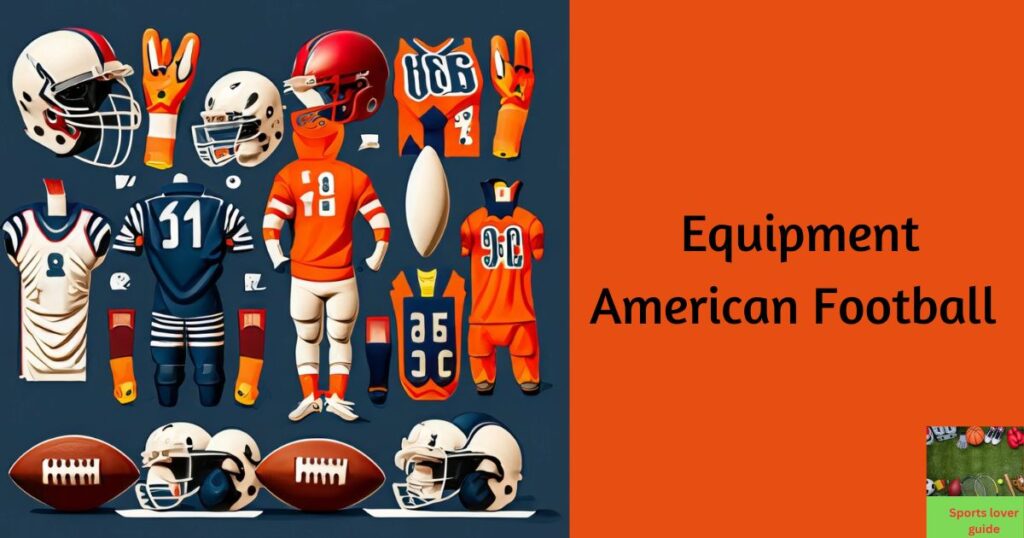
American Football field dimensions
Field: A large rectangle, like a running track but wider. It’s about 360 feet long (that’s about 12 car lengths!) and 120 feet wide
Goal posts: These are the tall structures at each end of the field where players try to kick the ball through. They are 10 feet tall and 18 feet 6 inches wide, like a big H.
End zones: These are the areas behind the goalposts where players score touchdowns. They are each 10 yards deep, like 30 adult steps.
End line: This is the line at the very back of each end zone. It’s 6 feet from the back of the end zone, like 2 adult steps.
Team benches: These are where the players sit when they’re not on the field. They are located along the sideline, between the 30-yard markers. That’s about halfway down the field on each side.
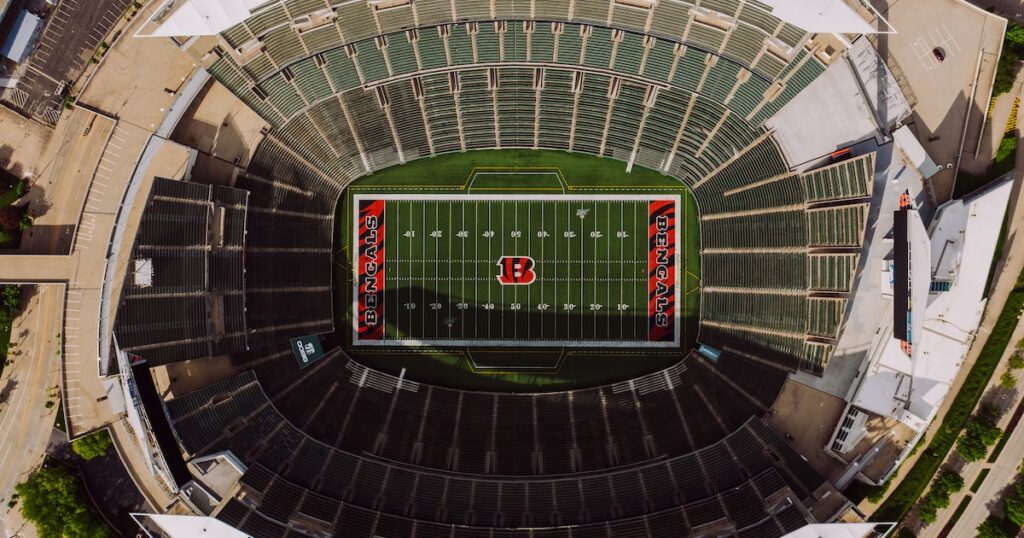
Kicking Techniques in American Football
Scrimmage Kicks:
Place kicks
Drop kicks
Punts
Free Kicks:
Used for kickoffs
The ball is placed at the 35-yard line in professional and college football
The ball is placed at the 40-yard line in high school games
Officials in American Football
Head ref: The referee is like the host of the party. They make the important decisions, keep track of the score, and make sure everything runs smoothly and fairly during the game.
Umpire: Stands close to the action, watching for illegal blocks and protecting players. (Think bouncer!)
Head linesman & line judge: One on each side of the field, they watch for players jumping the start and other close calls near the line.
Back judge & side judge: The officials walk around the middle and sides of the field, watching closely for running plays and passes. They make sure everyone follows the rules and plays fairly.
Field judge: They watch the plays unfold down the field, looking for any rule-breaking.
Watch the video
Scoring in American football
Touchdown: This is the ultimate goal in football! I Crossing the finish line in a race, but carrying the ball instead. It’s worth 6 points, making it the highest-scoring play.
Field Goal: Think of this as a long-distance kick. The player kicks the ball between the tall goalposts at the end of the field, similar to a soccer penalty kick. It’s worth 3 points, a good option when getting closer to a touchdown is tricky.
So, touchdowns are like hitting the jackpot, while field goals are like bonus points!
How long is a football game
Professional Level:
Matches are 60 minutes long
Divided into two halves of 30 minutes each
Halftime separates the two halves
College Level:
Matches are divided into quarters of 15 minutes each
The first and third quarters are followed by a short break
Start of the Game
Coin Toss: Two captains like pirates facing off before a treasure hunt. They flip a coin to decide who gets the ball first (like treasure!) or who chooses which side of the field to defend (like choosing your starting island!).
Moving the Ball: The team with the ball wants to move it down the field to score. They can do this in two ways:
- Passing: Think of throwing a frisbee to a teammate down the field. That’s a pass!
- Running: Just like it sounds, a player with the ball can simply run down the field, dodging defenders to get closer to the end zone (the treasure chest!).
Now you know the basics of how teams start and move the ball!
Fouls in American Football
Enforcement by Officials:
- Officials are responsible for enforcing the rules and laws of the game.
- Carry a whistle and a weighted yellow flag.
- The flag is thrown on the ground to signal a foul.
- Multiple fouls observed may be signaled by throwing the official’s hat on the ground.
Conclusion
American football is like a massive game of tag that’s gotten super cool over time! New rules, fancy tricks, and amazing plays from both college and pro teams keep it exciting. There are even different versions, like indoor football, to suit everyone!
To win, offense, defense, and special teams gotta work together, like superheroes! They wear helmets and pads to stay safe, just like when riding bikes. The field is like a very big rectangle with goalposts to kick the ball through. College games go a bit faster than pro games, but both are full of action! Referee are like the teachers, making sure everyone plays fair by blowing whistles and throwing flags.
In the end, American football is all about fans cheering, players making amazing moves, and everyone having fun!
Frequently asked about : American Football
Q: What is American football?
A: American football is a popular team sport played in the United States. It involves two teams competing to score points by advancing an oval-shaped ball into the opposing team’s end zone.
Q: How is American football different from other forms of football?
A: American football differs from other forms of football, such as soccer or rugby, in terms of rules and gameplay.
Q: How is the game structured?
A: The game is divided into four quarters, with each quarter lasting 15 minutes in professional football. Halftime separates the second and third quarters. The team with the most points at the end of the game wins.
Q: What are some common penalties or fouls in American football?
A: Common penalties include holding, pass interference, false start, and personal fouls.
Q: What protective equipment do players wear?
A: Players wear helmets, shoulder pads, hip and thigh pads, knee pads, and cleats. This equipment helps protect against injuries during the physical nature of the sport.
Q: What is the objective of the game?
A: The objective is to score points by reaching the opponent’s end zone or kicking a field goal.
Q: How is the game structured?
A: The game has four quarters of 15 minutes each, with halftime separating the second and third quarters.
Q: Is American football played internationally?
A: American football has international leagues and competitions, but it is primarily popular in the United States.
Q: Can anyone play American football?
A: American football is played at various levels and age groups, with participation depending on meeting requirements and safety standards.
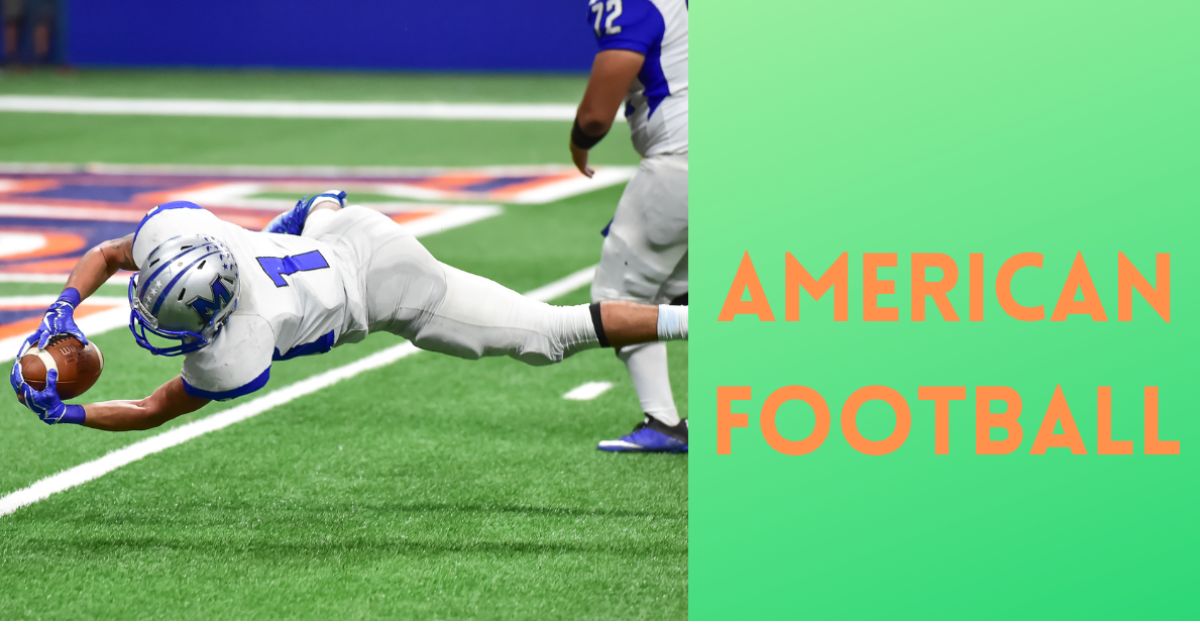
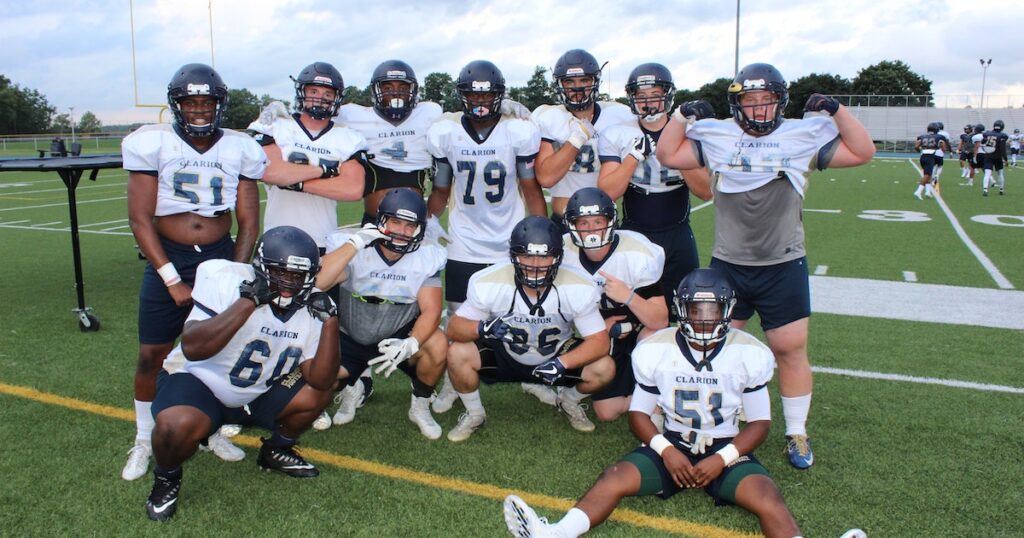
2 thoughts on “Evolution of American Football: From Origins to Popularity Surge”